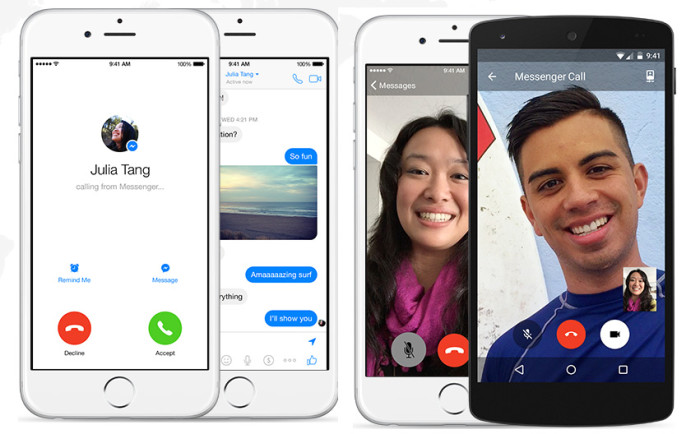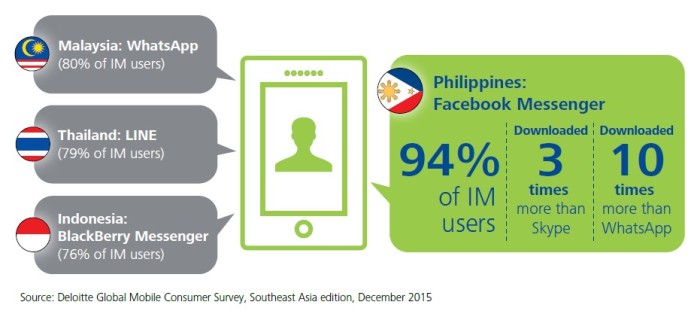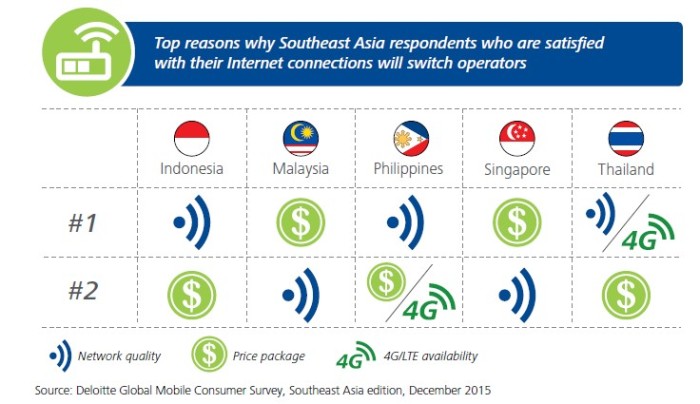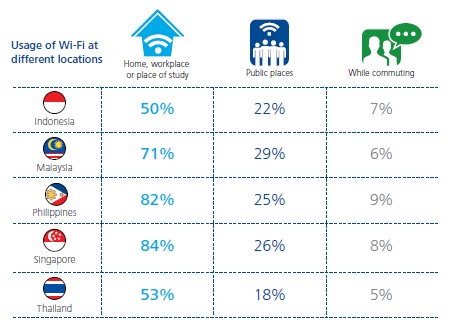
In Southeast Asia, Instant Messaging (IM) has emerged as the most popular messaging tool, with IM usage increasing and SMS decreasing across the board, except in the Philippines.
Filipinos still prefer to use SMS (73 percent), but those who use IM (33 percent) turn to Facebook Messenger instead of pure Over-The-Top (OTT) IM services to communicate: 94 percent of Filipino IM users use Facebook Messenger, an app that has been downloaded three times more than Skype and 10 times more than WhatsApp in this country.

This is according to Deloitte’s Global Mobile Consumer Survey, which was released by Navarro Amper & Co., the local member firm of Deloitte Southeast Asia Ltd. Conducted in the third quarter of 2015, the survey covered 49,500 consumers across 31 countries to reveal some of the trending attitudes and behaviors of today’s mobile consumer. In Southeast Asia, 6,000 respondents from Indonesia, Malaysia, the Philippines (1,000 respondents), Singapore, and Thailand were polled.
The popularity of IM will continue to hold in the region, with Filipinos finding it a convenient option for chatting with friends and family overseas.
“Telecommunication operators can take advantage of this situation to increase revenues from data usage,” says Greg Navarro, Managing Partner & CEO of Navarro Amper & Co. “They can, for example, tailor chat packages to specific IM applications that are widely used in their respective local markets.”
When it comes to internet speeds, consumers in Southeast Asia are generally satisfied with their service providers but they want greater data volumes in their plans. In the Philippines, there was a drop in respondents who are satisfied with their internet speeds – from 49 percent in 2014 to 39 percent in 2015; not surprising considering the country reportedly has the second slowest internet speed in the Asia Pacific region. And only 38 percent of Filipino consumers are satisfied with their data volumes, an increase from last year’s 31.2 percent.
The survey also revealed that Internet network reliability is the top consideration for Filipinos when choosing a mobile operator, followed by price package and 4G/LTE network availability. Even consumers who are satisfied with their internet connection may change operators for either of these factors, which makes sense considering how reliant consumers are on their phones.

Within 15 minutes of waking up, 79 percent of Filipino mobile phone users have already checked their phones, compared to more than half of mobile phone users in Southeast Asia. They also glance at their screens repeatedly, using their phones most frequently when commuting on public transport. It’s also worth noting that compared to other SEA countries, in the Philippines there is a significant proportion of users – 31 percent – who listen to online radio via their smartphones.
Respondents were also asked how they connect to the internet based on their location. Eighty-two percent of Filipino respondents said they use Wi-Fi at home, in the workplace, or their place of study; only 25 percent of Filipino respondents use Wi-Fi in public places.
“Again, there’s an opportunity here for telecom operators to monetize Wi-Fi for consumers on public transport facilities,” says Navarro. “And with the government’s project to provide free Wi-Fi in underserved areas of the country, it will be interesting to see how these statistics and behaviors change over the next few years.”

Another capability worth exploring for telcos is mobile payment. Across the Southeast Asian countries polled, majority of respondents are willing to use mobile-based, in-store payment solutions – in the Philippines, 62 percent of respondents are willing to give it a try – but these respondents say there is a lack of availability of such solutions, and when it is available, it entails slower processing times compared to cash or credit card transactions.
“Telecom operators that want to take advantage of this functionality need to offer solutions that enable simple and quick transactions. They also need to improve payment security, so that consumers can be comfortable using mobile payments even for big ticket transactions, and expand the number of point-of-sale terminals that accept mobile payments,” says Navarro.

No comments:
Post a Comment